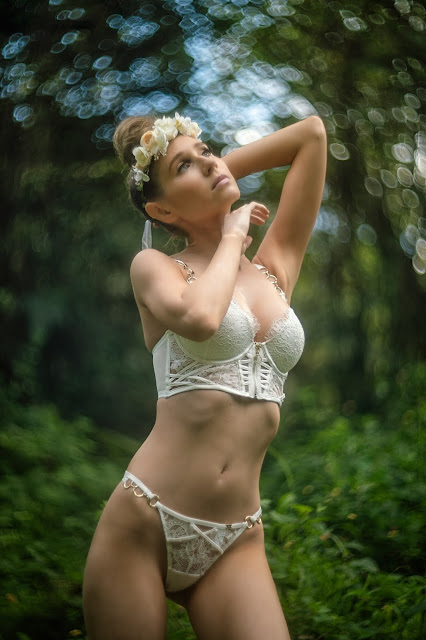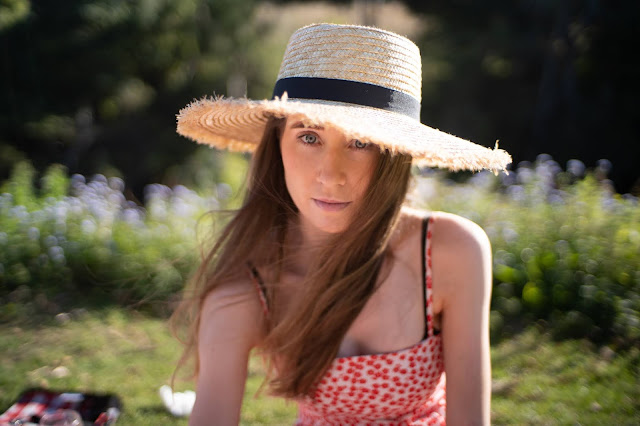Review of the 1950's Helios-40 85mm F1.5 (Гелиос-40)

The copy reviewed here is a double-zero serial. This is rumored to signify one of the preproduction models distributed to high-ranking communist party members prior to the official start of lens production in 1957. The lens is effectively a clone of Zeiss Biotar 75mm f1.5 using soviet materials. Some copies around this time incorporated glass taken from post-war Zeiss factories as war reparations. 1. Bokeh 2. Aberrations 3. Flares 4. Handling 5. Overall 1. Bokeh The trick to produce the famous Helios-40 bokeh is 3/4 length portraits against a high-contrast stippled background. The classic approach is illustrated below, with heavy backlighting shining through foliage. Bokeh can be busy, with significant outlining, cats-eye shaped, with monstrous swirl. Bokeh ball size diminishes at the edges. Without pronounced specular highlights or backlit foliage, bokeh is busy but not overly distracting, producing a genuine vintage feel. Natural settings with str...
